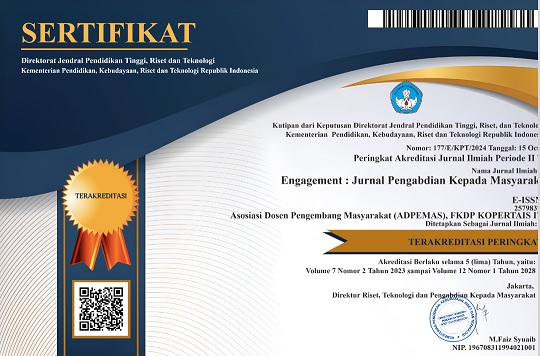Utilizing Online History Learning Resources (Kitlv, Delpher Kranten and Beeldbank) in History Learning Class X SMA Negeri 3 Palu
Abstract
The use of online learning resources has a significant influence on student learning needs, especially with the distance learning system implemented at SMA Negeri 3 Palu, including the selection of student learning resources. The implementation of community service aims to provide knowledge to students in the context of utilizing online history learning resources KITLV, Delpher Kranten and Beeldbank in history learning class X SMA Negeri 3 Palu. This service activity was attended by history teachers and students, they were very enthusiastic in participating in the service activities. The resulting output is the knowledge of students and teachers regarding online learning resources that can be used for further learning activities.
Downloads
References
Firmansyah, dkk. 2021. Urgensi dan Implementasi Pendidikan Karakter dalam Pembelajaran Sejarah pada Masa Pandemi Covid 19. Dalam Jurnal Research % Learning in Elementary Education. Vol. 5 No 5 Hal. 4053-4063.
Rahman. 2020. Mengenal Berbagai Macam Software. Serpong: Surya.
Slameto. 2013. Belajar Dan Faktor-Faktor Yang Mempengaruhi. Jakarta: PT Rineka Cipta.
Susanti, Sri. 2020. Praktik Pembelajaran Sejarah pada masa Pembelajaran Jarak Jauh. Dalam jurnal Historis: Jurnal Kajian, Penelitian & Pengembangan Pendidikan Sejarah. Vol. 5, No. 2. Hal. 102-106.
Copyright (c) 2022 Engagement: Jurnal Pengabdian Kepada Masyarakat

This work is licensed under a Creative Commons Attribution-ShareAlike 4.0 International License.






.png)




